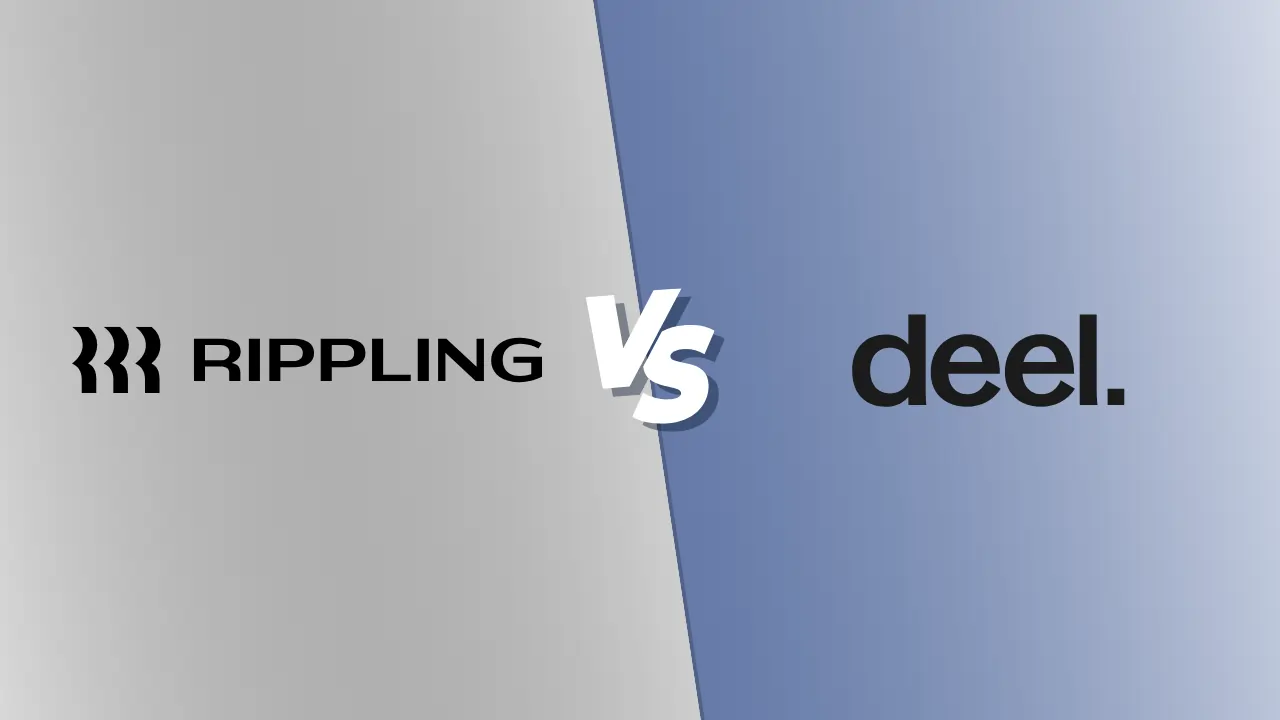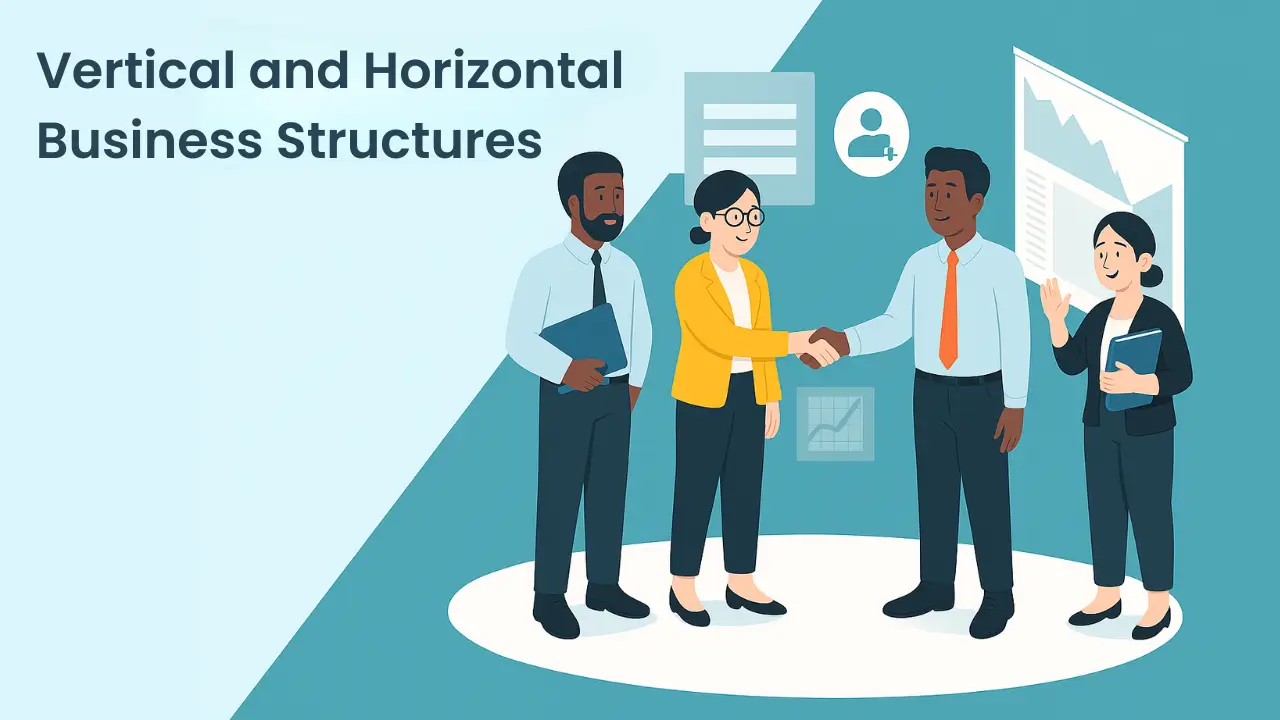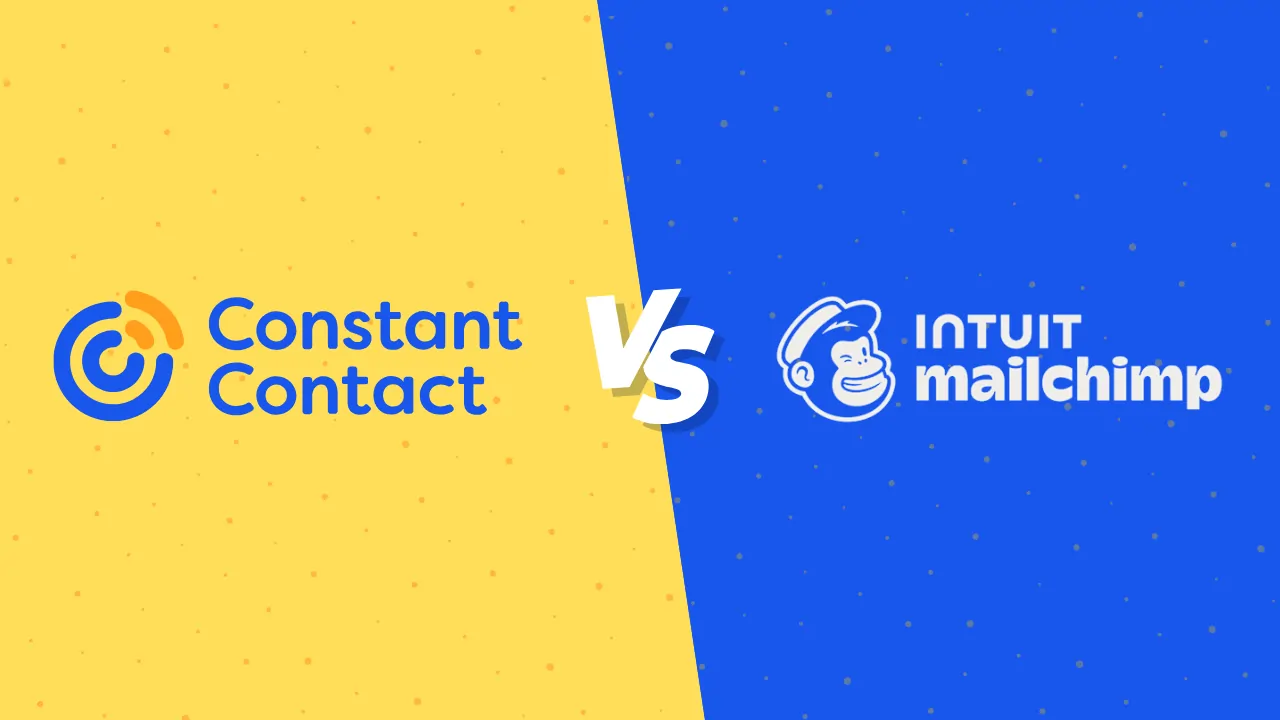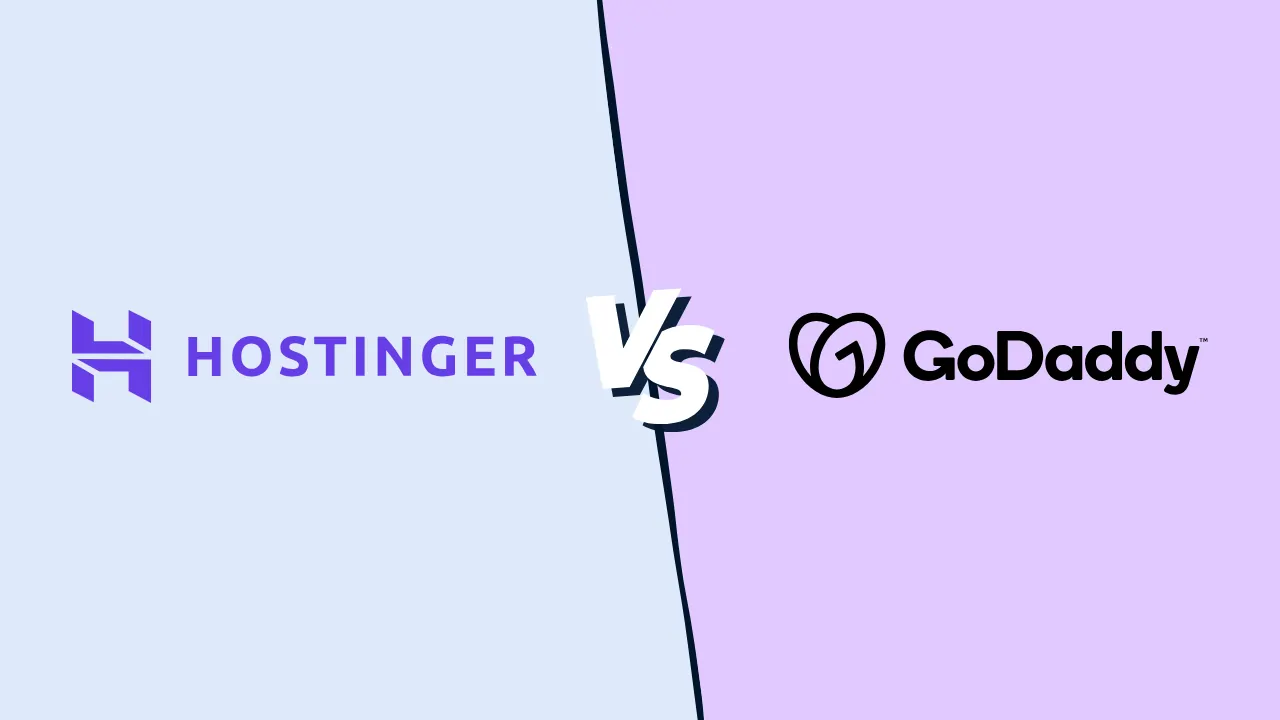Key HR Software Features to Build a Stronger, Happier Workforce
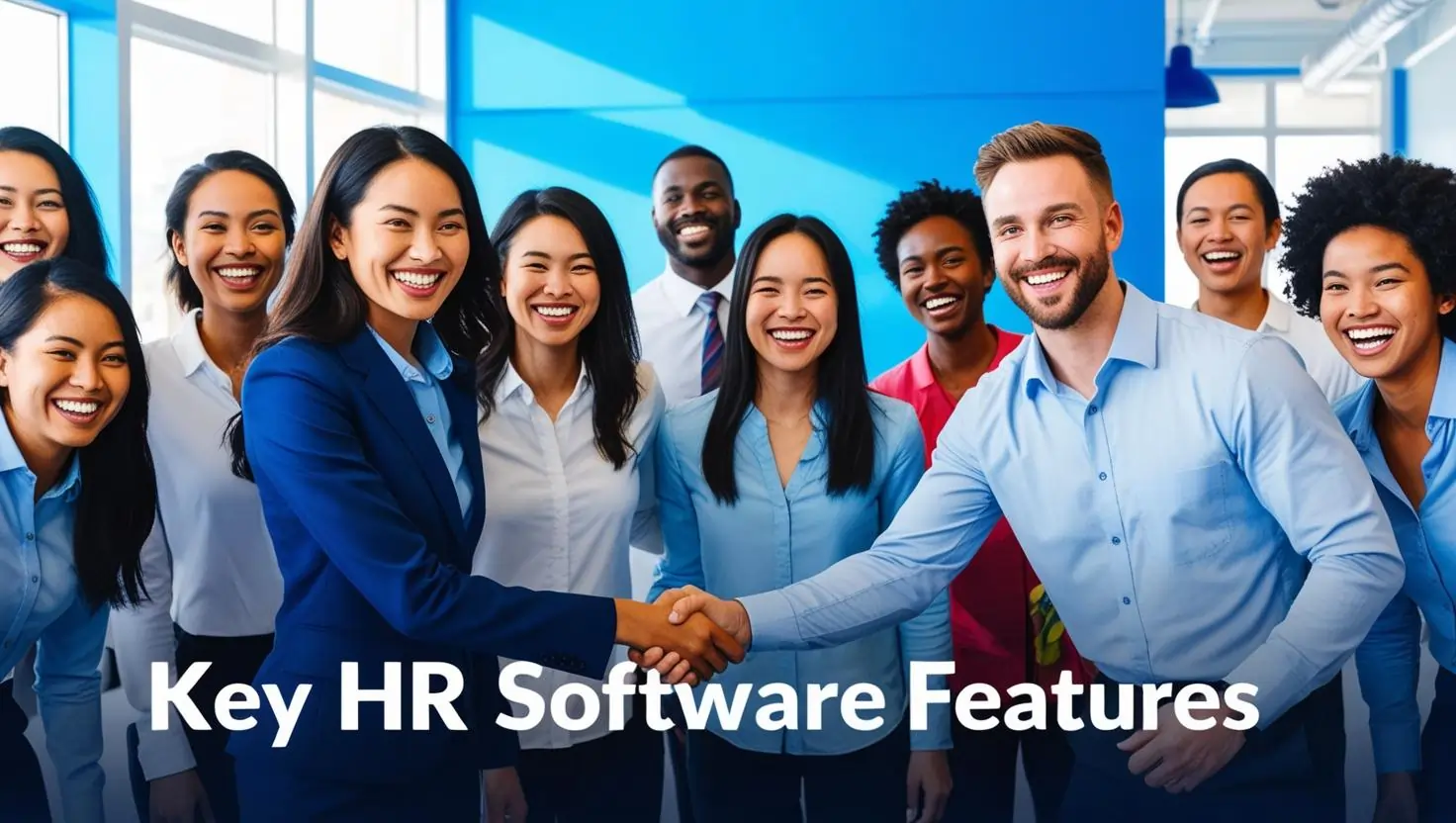
Managing employees is a lot like spinning plates — except those plates are hiring, onboarding, payroll, performance reviews, and compliance. And if one wobbles? Well, things get messy fast. Every stage of the employee lifecycle, from recruitment to retirement, needs attention, and trying to handle it all manually is a recipe for stress.
That’s where specialized HR software features can make your job easier. Think of human resource management software as your backstage crew, keeping everything running smoothly while you focus on the big picture.
With features like automated onboarding, performance tracking, and payroll management, you’ll be building a well-oiled HR machine that keeps employees happy and operations running smoothly.
What is HR Software?
A well-designed HR management system acts as the central hub for all things workforce-related. From recruiting new talent to managing payroll, this HR software streamlines operations and reduces administrative burdens. Businesses of all sizes rely on human resource management software features to improve efficiency, ensure compliance, and enhance employee experiences and morale.
At its core, HR software integrates essential processes like hiring, employee onboarding, benefits administration, and employee records. The right features of HR software eliminate paperwork, automate repetitive tasks, and provide valuable insights into workforce trends. Let’s explore the key HRIS features that make these systems so essential.
The Importance of HR Systems
A reliable HR system makes a huge difference in how your business manages its workforce. Handling HR tasks manually can lead to mistakes, inefficiencies, and compliance risks. With the right HR software features, your company can automate processes, improve accuracy, and save valuable time.
Beyond efficiency, human resource management software features contribute to a better employee experience. From smooth onboarding to career development tools, an HR system supports every stage of the employee lifecycle. This can lead to attracting top talent, improving retention, and fostering a motivated workforce that feels supported and engaged.
Without the backing of a well-known brand name, small businesses need to leverage technology to enhance their employer brand, streamline operations, and create a workplace where employees want to stay.
Investing in the right features of human resource management helps level the playing field, allowing smaller companies to attract, retain, and support top talent just as effectively as industry giants.
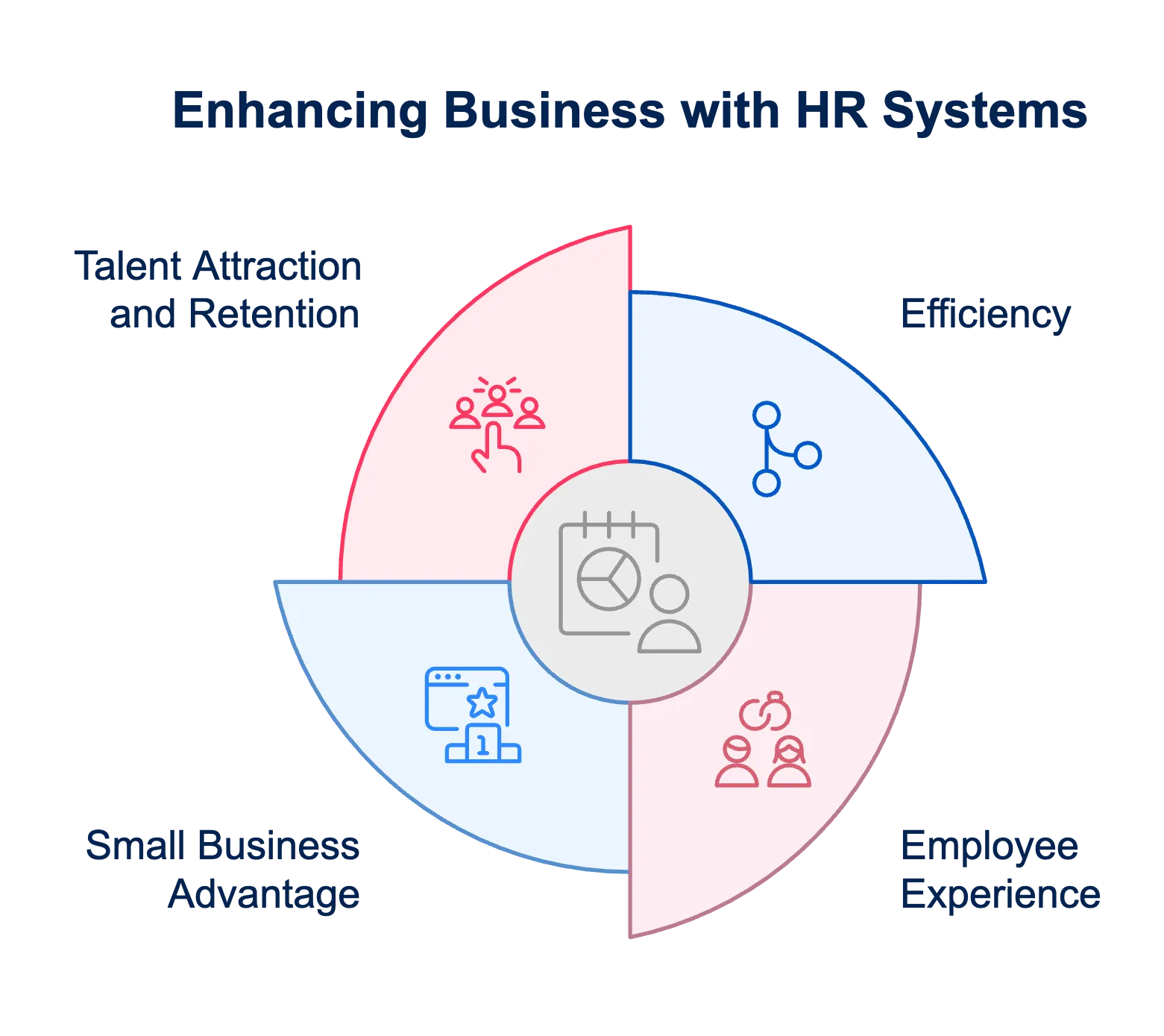
Key Features of HR Software
The right HRIS feature list can save time, reduce headaches, and improve the employee experience. Let’s dive into some of the must-have features.
1. Recruiting
Recruiting tools simplify the hiring process by automating job postings, tracking applicants, and managing interview scheduling. Many HR software features include AI-powered resume screening and candidate matching, helping you find the right talent faster. A strong recruiting system reduces hiring time, improves candidate experience, and ensures that companies can fill roles with top-tier professionals.
Example: HiBob offers advanced recruiting tools that automate job postings and streamline applicant tracking, enabling you to attract and hire top talent efficiently.
2. Onboarding and Offboarding
A smooth onboarding and offboarding process ensures that employees integrate seamlessly into a company and leave on good terms when their tenure ends. HRIS features like digital document signing, automated training assignments, and exit interviews help streamline these transitions. Effective employee onboarding boosts engagement and productivity, while structured offboarding protects company knowledge and maintains positive employer branding.
Example: Gusto simplifies onboarding with automated workflows and digital document management, ensuring new hires have a seamless introduction to the company.
3. Employee Database
A well-organized employee database is the backbone of any HR management software. It stores essential employee information, including contact details, job roles, performance history, and compliance documents.
A centralized database eliminates the need for paper records, reduces administrative errors, and ensures quick access to critical workforce data. You can benefit from improved efficiency, better decision-making, and easier compliance with labor laws and company policies.
Example: Rippling provides a centralized employee database that securely stores all personnel information, making it easy to access and manage employee records.
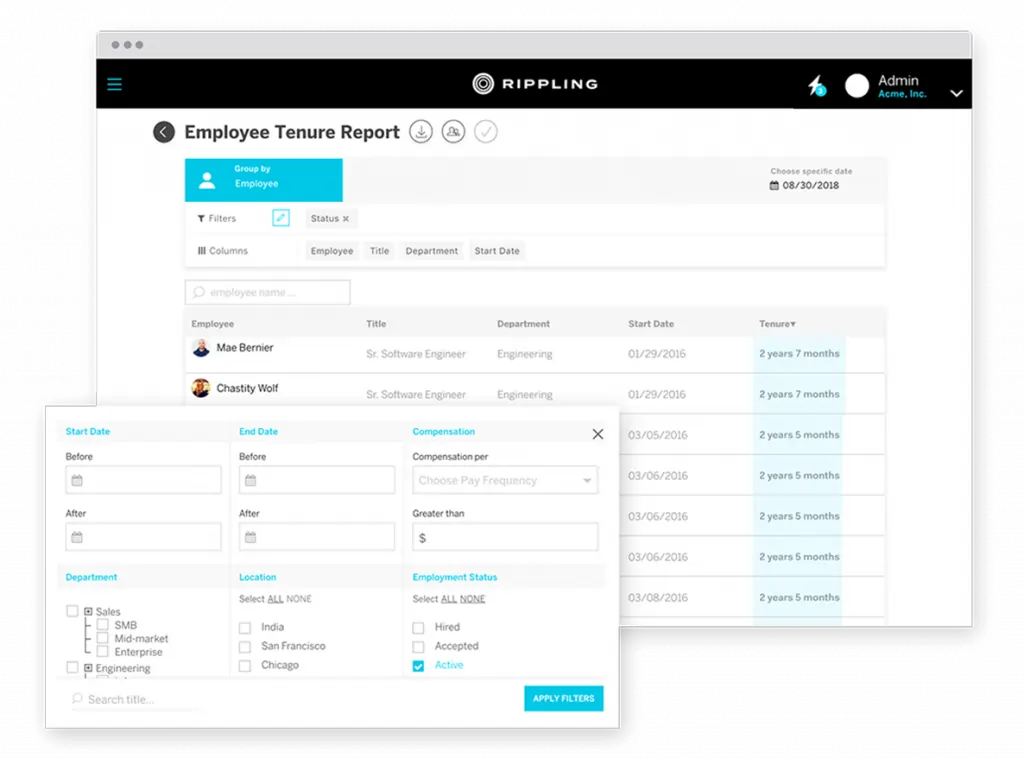
4. Employee Self-Service
With employee self-service, team members can access their own records, update personal details, request time off, and review payroll information without needing HR assistance. This reduces the administrative burden on HR teams while giving employees greater control over their information. Self-service tools improve transparency, enhance employee satisfaction, and allow HR professionals to focus on strategic initiatives rather than repetitive tasks.
Example: Connecteam empowers employees with a self-service portal where they can update personal details, request time off, and access company resources, reducing administrative tasks for HR.
5. Payroll and Compensation Management
Manually managing salaries, tax deductions, and benefits can be time-consuming and error-prone. Payroll and benefits management features in HR software ensure accurate salary calculations, direct deposits, and tax compliance. Automating payroll reduces administrative workload, minimizes errors, and ensures employees are paid correctly and on time, which directly impacts satisfaction and retention.
Example: Paychex offers comprehensive payroll and compensation management solutions, ensuring accurate salary calculations, tax compliance, and timely payments to employees.
6. Benefits Administration
Benefits administration tools make handling health insurance, retirement plans, and other employee perks easier. These features help HR teams manage enrollment, track eligibility and ensure compliance with labor laws. A seamless benefits process improves employee satisfaction, enhances recruitment efforts, and helps you stay competitive in attracting top talent.
Example: Justworks simplifies benefits administration by managing health insurance, retirement plans, and other employee perks, ensuring compliance and enhancing employee satisfaction.
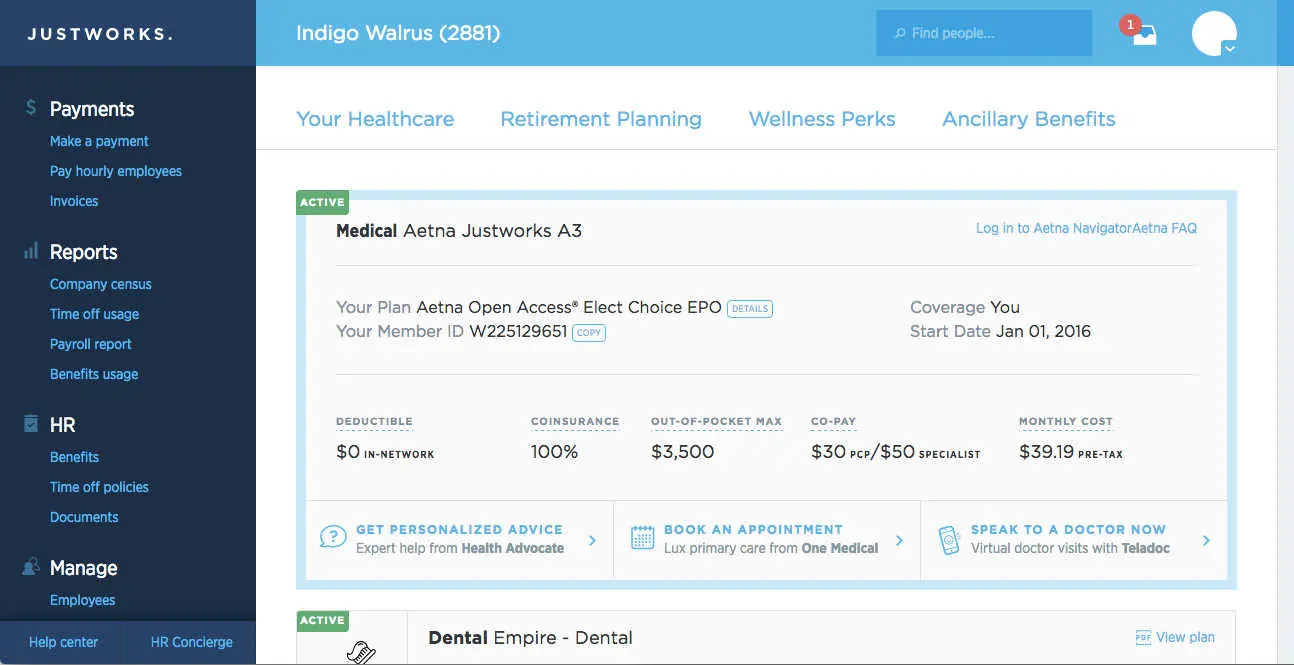
7. Time Tracking
Time tracking tools monitor work hours, overtime, and attendance, ensuring employees are paid accurately. Integrated with payroll, these HR management software features help prevent wage disputes and maintain compliance with labor regulations. You can spot better insights into productivity and labor costs while employees benefit from a transparent record of their working hours.
Example: OnPay includes time tracking features that monitor employee work hours and overtime, integrating seamlessly with payroll to ensure accurate compensation.
8. Employee Scheduling
For businesses with shift-based workforces, employee scheduling tools automate shift planning, prevent conflicts, and allow employees to swap shifts when needed. These features enhance workplace flexibility and reduce scheduling errors, leading to better employee satisfaction and optimized workforce management.
Example: Connecteam provides intuitive employee scheduling tools that allow managers to create, modify, and share work schedules, enhancing flexibility and reducing scheduling conflicts.
9. Performance Tracking
Performance tracking features provide insights into employee achievements, goal progress, and areas for improvement. With real-time feedback, self-assessments, and manager evaluations, you can recognize top performers and address skill gaps proactively. A strong performance management system improves productivity, employee motivation, and long-term company success.
Example: BambooHR offers performance tracking features that facilitate real-time feedback and goal setting, helping managers recognize top performers and address development needs.
![]()
10. Learning and Development
A successful company invests in its employees, and learning and development tools make it easier. These features offer training modules, skill assessments, and career growth plans to ensure employees continue improving. Providing structured learning opportunities enhances engagement, boosts retention, and ensures you stay competitive with a well-trained workforce.
Example: Deel supports learning and development initiatives by offering training modules and skill assessments, ensuring employees have opportunities for continuous growth.
Related Articles
11. Employee Engagement
Employee engagement tools measure morale, gather feedback, and facilitate recognition programs. Businesses that actively engage their employees and promote well-being see higher productivity, better retention rates, and a stronger company culture. Features such as pulse surveys, peer recognition, and engagement analytics help HR teams create a positive and motivated work environment.
Example: HiBob enhances employee engagement through tools that gather feedback and facilitate recognition programs, fostering a positive company culture.
12. Workforce Analytics
Workforce analytics turn HR data into actionable insights. By tracking trends in turnover, hiring success, and employee satisfaction, your business can make data-driven decisions to improve operations. These insights help optimize workforce planning, reduce costs, and create strategies for long-term growth.
Example: Paycor provides workforce analytics that offers insights into employee performance and turnover trends, enabling data-driven decisions to improve operations.
13. Compliance Management
Compliance management features help you comply with labor laws and regulations. Automated updates on legal requirements, document tracking, and audit trails reduce the risk of non-compliance. Staying compliant protects your business from costly fines and lawsuits while ensuring fair and legal treatment of employees.
Example: ADP assists with compliance management by keeping businesses updated on labor laws and regulations, reducing the risk of non-compliance and associated penalties.

Emerging Features in HR Technology
The landscape of Human Resources technology is rapidly evolving, with advancements in Artificial Intelligence (AI), analytics, and mobile platforms reshaping traditional practices.
1. Artificial Intelligence (AI) Integration
Predictive analytics: AI analyzes employee data to forecast turnover, identify skill gaps, and suggest personalized development plans, enabling proactive talent management and enhancing employee retention.
Automated candidate screening: AI-driven platforms can efficiently sift through resumes and applications, identifying top candidates based on predefined criteria, thus streamlining the hiring process.
2. Advanced Workforce Analytics
People analytics: Utilizing data mining and statistical analysis, HR departments can uncover patterns in employee behavior, performance, and engagement, leading to informed decisions that boost productivity and satisfaction.
Predictive insights: Leveraging sophisticated algorithms, HR departments can predict employee turnover, identify factors influencing performance, and enhance workforce planning.
3. Mobile Platforms
Mobile learning and development: Mobile apps facilitate on-the-go training, allowing employees to access educational resources anytime, anywhere, thereby enhancing skill development and adaptability.
Real-time feedback: Mobile-enabled feedback systems enable continuous performance evaluations, promoting timely recognition and addressing issues before they escalate.
4. Virtual and Augmented Reality (VR/AR) in Training
Immersive learning experiences: VR and AR technologies are being utilized to create realistic training environments, allowing employees to practice skills in a safe, controlled setting. This approach enhances skill acquisition and retention, making training more effective.
5. Blockchain for Secure HR Processes
Credential verification: Blockchain technology offers a secure method for verifying employee credentials, work history, and qualifications, reducing the risk of fraud and simplifying background checks.
Payroll management: By utilizing blockchain, HR can ensure transparent and tamper-proof payroll processes, enhancing trust and accuracy in financial transactions.
6. Employee Experience Platforms
Holistic engagement: Modern HR platforms focus on enhancing the overall employee experience by integrating tools for feedback, recognition, and wellness. This holistic approach fosters a more engaged and productive workforce.
What’s Next? AI Features in HR Software
Ever wish HR could read minds? While we’re not quite there yet, AI is getting close — here’s what’s coming:
1. AI Chatbots for Employee Support
AI-powered chatbots offer instant responses to employee inquiries, ranging from benefits information to policy clarifications. Tools like Leena AI provide 24/7 support, enhancing the employee experience and allowing HR teams to focus on strategic initiatives.
2. Personalized Learning and Development
AI customizes learning experiences by recommending training programs tailored to individual employee needs and career goals. This personalization fosters continuous development and aligns employee growth with organizational objectives.
3. Sentiment Analysis for Employee Engagement
AI analyzes employee feedback and communication patterns to assess sentiment and engagement levels. This analysis helps HR identify areas of concern, address issues proactively, and foster a positive work environment.
4. Automated Compliance Monitoring
AI assists in monitoring compliance by tracking regulatory changes and ensuring company policies adhere to legal standards. This automation reduces the risk of non-compliance and associated penalties.
Comparing HR System Features Across Vendors
Choosing the right HR management software goes beyond flashy interfaces. You need to focus on the features that matter most to your business.
When comparing options, start by identifying your key priorities — whether it’s recruiting, payroll, performance tracking, or compliance management. Then, consider factors like automation capabilities, ease of use, integrations, and scalability.
To make an informed decision, you should compare vendors side by side.
1. Recruiting and Onboarding
Example: Let’s compare HiBob and BambooHR, two popular HR platforms, based on recruiting and onboarding features:
| Feature | HiBob | BambooHR |
| Recruiting Tools |
AI-powered applicant tracking, automated job postings |
Structured hiring workflows with customizable job postings |
| Onboarding | Digital document signing, automated workflows, new hire self-service |
Preboarding tools, task lists, e-signatures |
| Integration | Connects with 2,300+ job boards and internal referral programs | Integrates with ATS for seamless hiring |
| Best For | Mid-size to large businesses looking for AI-driven automation | Small to mid-size businesses needing simple, structured hiring tools |
2. Payroll and Benefits Management
Beyond hiring and onboarding, your business must also evaluate payroll and benefits management when choosing the right HR software. Payroll accuracy, compliance, and benefits administration play a crucial role in employee satisfaction and financial stability.
Example: To illustrate the differences, let’s compare Paychex and Deel, two leading payroll-focused HR platforms:
| Feature | Paychex | Deel |
| Payroll Processing | Automated payroll, tax calculations, and direct deposit | Global payroll with multi-currency payments and tax compliance |
| Benefits Administration | Offers 401(k), health insurance, and employee perks | Manages contractor benefits and international health plans |
| Compliance | U.S.-focused compliance support with tax filing | Covers international labor laws and contractor agreements |
| Best For | Small to mid-sized U.S. businesses needing traditional payroll services | Companies hiring globally or managing remote teams |
Whether your priority is streamlining payroll, managing benefits, ensuring compliance, or supporting a global workforce, a detailed feature comparison helps you identify the best HR software for your business needs.
By evaluating platforms side by side, you can choose a solution that enhances efficiency, improves employee experience, and scales with your growth.
Final Thoughts
HR software has come a long way from endless spreadsheets and paperwork. Today’s platforms are all about creating better workplaces.
As the modern workforce evolves, employees expect seamless digital experiences, flexible work options, and faster, more personalized HR support — and your business needs the right tools to keep up. This is especially true for small businesses, as they often lack the brand recognition or resources of larger companies.
With the right features of human resource information systems, you can hire smarter, onboard faster, track performance seamlessly, and keep payroll stress-free.
Whether you need AI-driven recruiting, real-time analytics, or intuitive self-service tools, the features of human resource management systems are designed to support both your employees and your business.
That’s why investing in the right HRIS system is crucial for long-term success. After all, great HR isn’t about paperwork — it’s about people.
FAQ
Q: What are the main features to look for in HR software?
A: Key features include a centralized HR database, payroll management, time and attendance tracking, recruitment and onboarding tools, and compliance management.
Q: How does HR software improve employee engagement?
A: Employee self-service tools allow staff to access and update their information, submit leave requests, and generate pay slips, enhancing engagement by promoting autonomy and transparency.
Q: Can HR software assist in compliance management?
A: Yes, HR software can assist in compliance management by tracking regulatory changes and ensuring company policies adhere to legal standards, reducing the risk of non-compliance and associated penalties.
Q: What are the benefits of integrating payroll with HR software?
A: Integrating payroll with HR software ensures accurate salary calculations, tax compliance, and timely payments, reducing administrative workload and minimizing errors.

